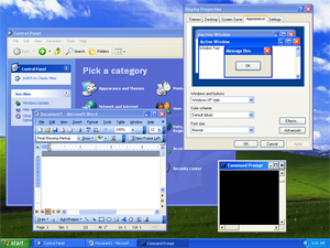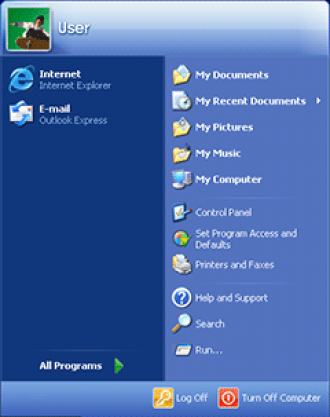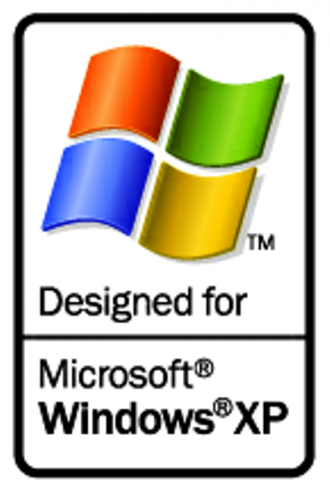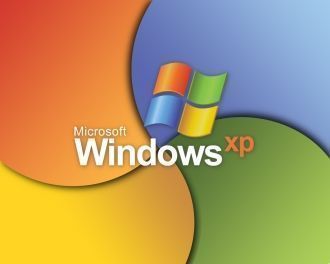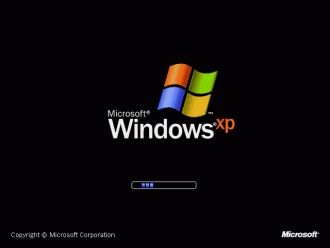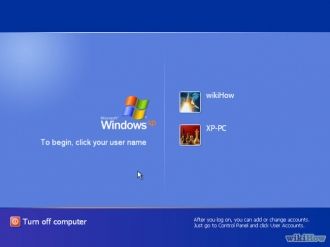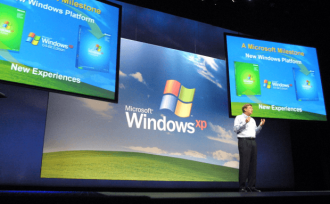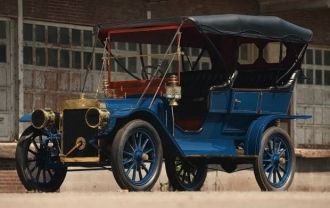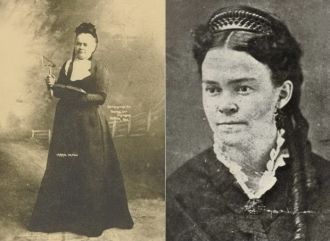USA
Microsoft will release the final software updates for Windows XP to the general public today (some businesses and governments have special support deals that will extend beyond April 8th). That means that for the regular XP user, there will be no more patches for the OS that launched over 12 years ago.
Yet the development of what would be called Windows XP extends much further than its launch date of October 25th, 2001, In fact, the OS is actually the end result of a merger of two projects and teams in the Windows division.
Neptune and Odyssey
In the late 1990s, the Windows consumer and business/server teams were working on separate operating system projects. The business side was developing "Odyssey", the code name for the planned successor to Windows 2000. The consumer side was working on "Neptune", which was supposed to be released after Windows 98.
"Neptune" was being made to be the first consumer version of Windows that would be based on the NT family, and designed to finally ditch MS-DOS. One interesting thing about "Neptune" was that Microsoft had plans to put in a new user interface for the desktop with "Activity Centers" with sections for Photos, Music, Communication and more.
However, the plans for "Neptune" and its new UI were put on hold as Microsoft decided to launch Windows Millennium (Windows ME) instead on the consumer side, which again also had MS-DOS.
In 2000, Microsoft announced that it was merging the "Neptune" and "Odyssey" teams and projects. Both would work together to create what was called " Whistler" (named after a favorite Microsoft ski resort town in Canada). Betas of "Whistler" would be released in 2000 and 2001. In February 2001 Microsoft gave the consumer version of "Whistler" the official name Windows XP (for "experience").
Features and system requirements
There are far too many features that were introduced in Windows XP than can be mentioned in the scope of this article. There are a few visual differences that made the OS stand out. Windows XP kept the basic desktop interface that Microsoft first introduced in Windows 95, with a start menu, taskbar and background wallpaper.
While Microsoft never offered any official support for changing themes in Windows XP, a huge sub-culture developed that offered third party themes for the OS. Indeed, Neowin itself became one of the biggest communities for XP themes.
Windows XP was also the first version of the OS to require an activation key so that it would be installed and used on one PC only. Boot times were made to be much faster and "side-by-side" DLL support was put in to avoid "DLL hell" situations. If a program did not work well, Windows XP allowed users to roll back to a previous time before the install took place. More Internet-based connection features were put in, including Remote Desktop.
The Home and Professional edition of Windows XP could run on an Intel Pentium 233 processor with a clock speed of 233MHz for its minimal requirement, and use 64MB of RAM, along with 1.5 GB of hard drive space.The rarely used 64-bit version needed an Intel Itanium chip with a speed of 733 MHz, along with 1 GB of RAM and 6 GB of hard drive space.
Windows XP launch
The OS officially launched on October 25th, 2001 and Microsoft went all out to promote the event, with parties and celebrations all over the world. Microsoft chairman Bill Gates was in New York City for their event, which included a free concert in Bryant Park by Sting.
The reviews of Windows XP were mostly positive, but some users felt that the UI was too colorful and toy-like (some even used the term "Fisher Price" to describe the OS). CNet's review said that it was a "worthwhile upgrade" but didn't care for the fact that the activation key limited installs of the OS to just one PC. Many reviews, like the one at Firing Squad said that XP had very high system requirements.
Service Pack releases
Microsoft offered Windows XP users three free Service Packs that fixed a lot of bugs and introduced a few new features to the OS. Service Pack 1, launched in September 2002, added USB 2.0 support for the first time, along with "Set Program Access and Defaults" that let users set default programs for certain features such as web browsers.
Windows XP Service Pack 2 was released in August 2004 and included better WiFI support as more and more laptops started including that hardware in their systems. Finally, Service Pack 3 was launched in May 2008 with a number of relatively minor new features and bug fixes.
XP's sales and longevity
The number of sold licenses for Windows XP is a matter of some dispute. Microsoft said two months after its launch that 17 million licenses for the OS had been sold but since then the company has not offered any concrete information on those numbers. In 2006, an analyst for IDC clamed that there were 400 million copies of Windows XP being used worldwide.
Officially, retail sales of Windows XP ended in 2008 as a stand alone software product, and PCs with XP pre-installed were supposed to stop selling in 2010. However, XP continued to hold onto a huge share of the operating system market share for years. This was due to three big reasons. One is that Microsoft hit delays on the release of "Longhorn" , the planned successor to XP. It finally got released in 2007 as Windows Vista.
However, issues with the OS not working with a number of hardware and software drivers kept most people from upgrading from XP to Vista. It took the launch of Windows 7 in 2009 to finally get many people and companies to upgrade from XP.
XP was also installed in many "netbooks", the cheap and small laptops that flooded the market a few years ago. That caused overall PC shipments to go up. However, the netbook trend was short lived thanks in part to Apple's launch of the iPad in 2010.
The end of XP support
Technically, today marks the end of extended support for Windows XP SP3; support for the first two service packs ended years ago. Microsoft has been issuing warnings for the past few years that the end was near for XP, but that apparently was not enough for some individual, businesses and even large governments which will still have a large portion of their PCs running on the OS.
Many feel that Microsoft is making a mistake in ending support for XP, even after several years of warnings. Some believe there are hackers who have been waiting for XP support to end so they can strike with previously undocumented exploits they have found in the OS, Others might consider that to be a bit paranoid, much like how the 2000 bug was suppose to cause chaos.
One thing is for certain; the end of Windows XP support from Microsoft does not mean the end of XP itself. After today, there will still be millions of PCs and devices running the OS and that's likely to continue for some time to come.
Ссылка на источник: http://www.neowin.net/news/a-very-brief-history-of-windows-xp



 USA,
USA, 
